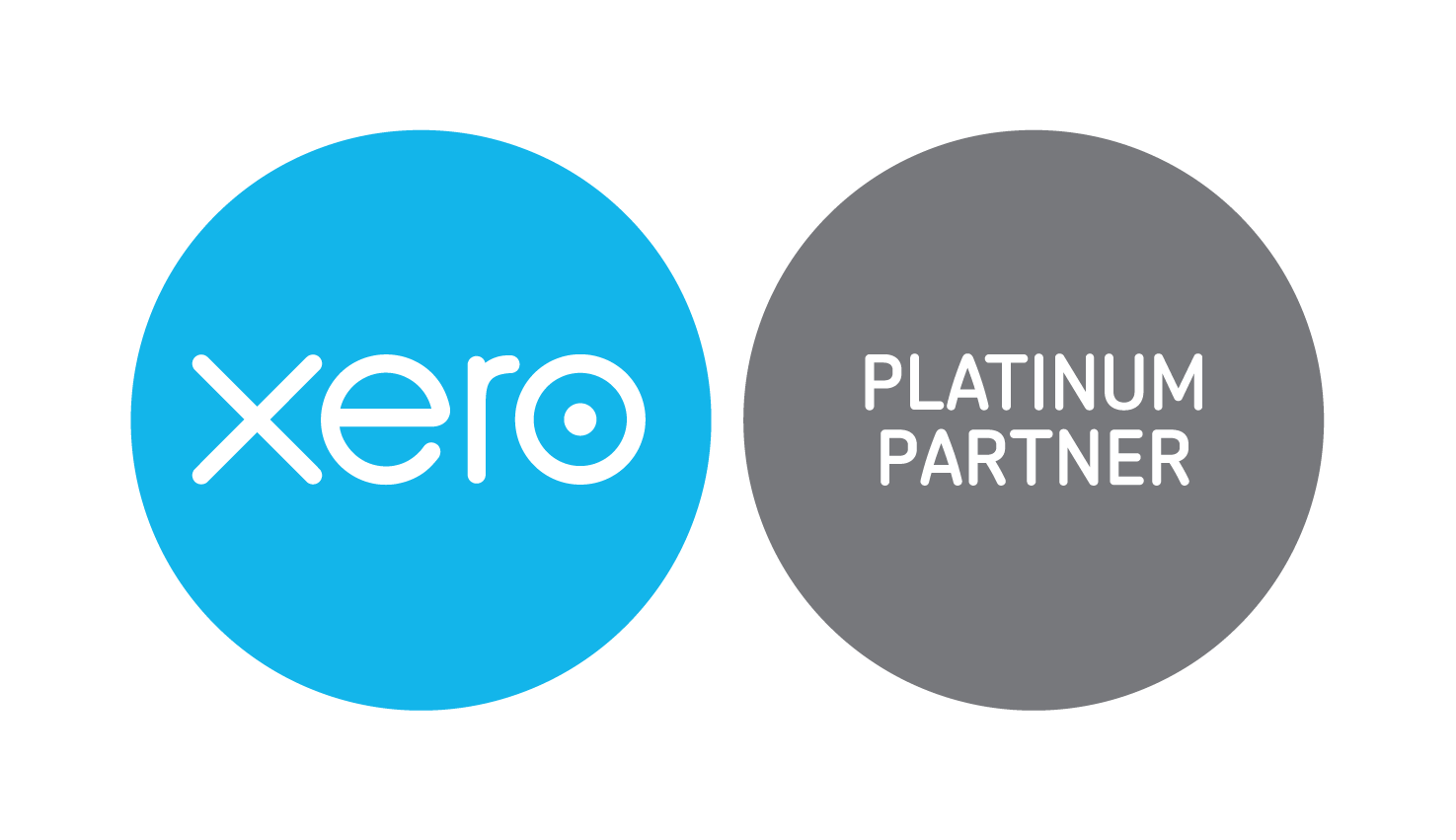Handling Goods and Services Tax (GST) can feel overwhelming for many Australian business owners. Whether you’re just starting out or have been running your business for years, understanding GST is crucial for compliance and smooth operations. The good news is that with the right knowledge and tools, managing GST doesn’t have to be complicated.
GST is a tax applied to most goods and services sold in Australia. It’s a vital part of the tax system that affects businesses of all sizes. Knowing how to properly register for GST, maintain accurate records, and stay compliant with reporting requirements can save you time and money.
In this guide, we’ll cover key aspects of GST that every business owner should know. From basic understanding to practical tips for avoiding common mistakes, you’ll get insights to streamline your GST processes. By the end of this article, you’ll have a clearer picture of how to manage GST efficiently, ensuring your business runs smoothly.
Understanding GST and Its Basics
GST, or Goods and Services Tax, is a 10% tax on most goods, services, and other items sold or consumed in Australia. It’s crucial for businesses to understand GST, as it affects not only prices but also how you handle sales and expenses.
When you sell products or services, you must add 10% GST to the price you charge customers. You also pay GST on most items your business purchases. The difference between the GST you collect and the GST you pay to suppliers is what you remit to the Australian Taxation Office (ATO).
Certain items, like basic food products, some medical services, and exports, are GST-free. It’s important to know which of your goods and services are taxable and which are exempt to correctly handle GST in your financial records.
How to Register and Manage GST for Your Business
Registering for GST is necessary if your business has a turnover of $75,000 or more per year. Registration is done through the Australian Business Register (ABR) website. If you meet the threshold, it’s compulsory to register; otherwise, you can still choose to register voluntarily if it benefits your business.
After registering, you’ll receive a unique GST number. You need to include this number on your invoices. You must also complete and lodge Business Activity Statements (BAS) either monthly, quarterly, or annually, depending on your turnover and preferences.
To manage GST effectively:
1. Keep Accurate Records: Track all sales and purchases where GST is involved. This will make it easier to complete your BAS.
2. Use Accounting Software: Tools like MYOB or Xero can help automate GST calculations and ensure accuracy.
3. Stay Informed: Regularly check the ATO website for updates on GST rules and requirements.
Following these steps helps you comply with GST regulations and avoid any potential penalties.
Common GST Mistakes to Avoid
Navigating GST can be tricky, and making mistakes can lead to costly penalties. Here are some common GST mistakes to avoid:
– Incorrectly Classifying Items: Ensure you know which items are GST-free and which are taxable. Misclassifying items can lead to errors in your GST calculations.
– Failing to Register on Time: If your turnover exceeds $75,000 but you delay registering for GST, the ATO can impose penalties and require you to backpay GST.
– Not Keeping Accurate Records: Incomplete or inaccurate records make it difficult to prepare your BAS and can lead to errors. Always keep detailed records of all transactions involving GST.
– Neglecting BAS Deadlines: Missing deadlines for submitting your BAS can result in fines and interest charges. Make sure you know your lodgement dates and stick to them.
– Claiming Incorrect Input Tax Credits: If you claim more GST credits than you’re entitled to, you may face penalties. Double-check your calculations to avoid such errors.
Being aware of these common pitfalls helps you stay compliant and avoid unnecessary costs.
Tips for Streamlining GST Reporting and Compliance
Streamlining your GST reporting and compliance can save you time and reduce stress. Here are some practical tips:
– Use Automated Accounting Software: Programs like MYOB, QuickBooks, and Xero can automate GST calculations, generate reports, and remind you of BAS deadlines. They reduce manual errors and make the process more efficient.
– Create a Checklist: Develop a GST checklist to ensure you don’t miss any steps. Include tasks like checking transactions, updating records, and reviewing GST classifications.
– Set Reminders: Use digital calendars or project management tools to set reminders for BAS lodgement dates. This ensures you never miss a deadline.
– Regularly Reconcile Accounts: Reconcile your accounts monthly to catch any discrepancies early. This makes the year-end process smoother and ensures your BAS is accurate.
– Seek Professional Advice: Consider consulting with a tax professional for complex GST issues. They can provide expert advice and ensure you’re fully compliant.
Implementing these tips helps keep your GST reporting on track and reduces the likelihood of errors.
Conclusion
Understanding and managing GST is essential for any Australian business. Avoiding common mistakes and streamlining your GST processes will help you comply with tax laws and save you time and money. Knowing how to correctly classify items, keeping accurate records, and using automated software can make a big difference.
Taking a proactive approach to GST management ensures you are always prepared for tax time. If you need assistance, expert help is available to guide you through the complexities of GST.
For tailored support with your GST needs, contact Creditte Pty Ltd. Our team can provide the expertise you need to stay compliant and efficient. Reach out to Creditte Pty Ltd today to explore our business tax planning services and simplify your GST management!





